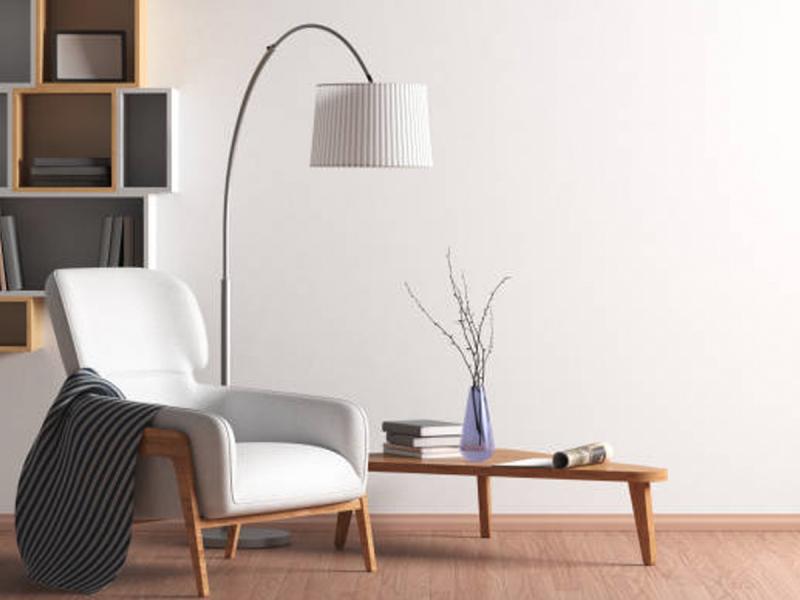A recent article titled “Let there be better light” (March 7-8, 2020) in the Wall Street Journal caught my attention. In my house, my husband buys lots of light bulbs while I complain about them.
If you look up at the ceiling in my kitchen, you will see a wide array of differences in the shape and intensity of each one, because he experiments with which bulbs produce the most light. In the middle of his experiment, I asked him to install a dimmer switch.
The article states, “Lighting companies – like the pioneering Brilli, a Boston-based startup – have introduced a new approach: LEDS designed to mimic the different stages of the sun’s natural glow … stirring blues in the morning and daytime to help us feel more or less alert at work, relaxing ambers as we recline at night.”
When I sleep, I want the room to be as dark as a cave. In hotels, I have actually safety-pinned the curtain panels together. I block the itty-bitty red light on the TV. I travel with those motion-sensor night lights to help me find the bathroom. Don’t buy me jewelry, I told my hubby at Christmas, buy me motion-detector night lights.
I am the person in the room who is annoyed with all overhead lighting, unless I am doing the dishes. Give me the kind of light that says, “Come in and sit by my fireplace, even if it is fake.” Not, “Come in and let’s work a 1,000-piece puzzle.”
When I thought I could never again buy a three-way bulb, I cried. I need choices! But didn’t they change those too? Didn’t there used to be a 20-40-60 three-way, or did I dream this? Now they are 50-100-150.
Have you been to the Home Depot to buy bulbs lately? It’s like the cereal aisle of a grocery store. You know your Cheerios are there somewhere as you tread up and back down the aisle.
I love houses with candles lit in the windows. They speak, “Welcome to my home.” In the evening, I look forward to turning on the gentle light over the stove. It says, “It’s time for bed now, dear Lisa.”
This company is suggesting that we need charge-up bulbs to stay focused, get-in-sync bulbs to let blue light in, and wind-down bulbs to help us relax at the end of the day.
At the end of the article, Dr. Christine Blume, a sleep scientist at the Centre for Chronobiology in Basel, Switzerland, says manufacturers advertise products which “are almost never supported by scientific evidence.” Oh, dear Mr. Edison, you wouldn’t believe how much light bulbs have changed.























































